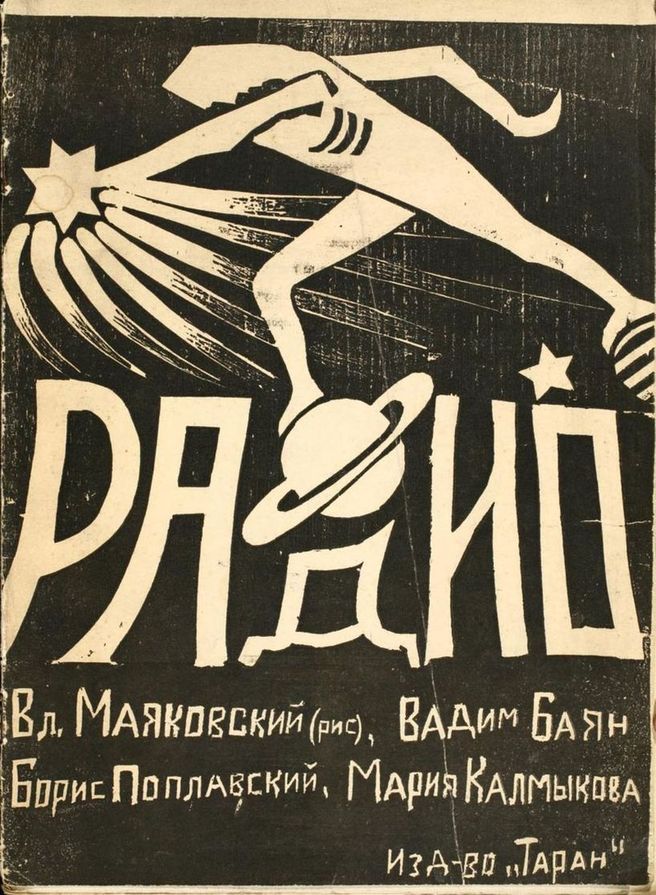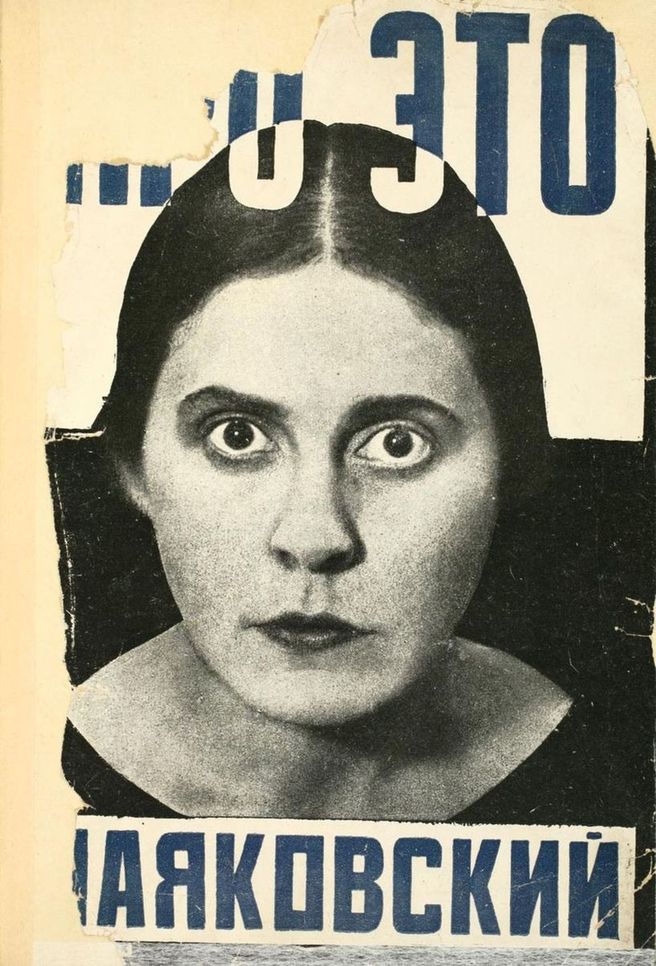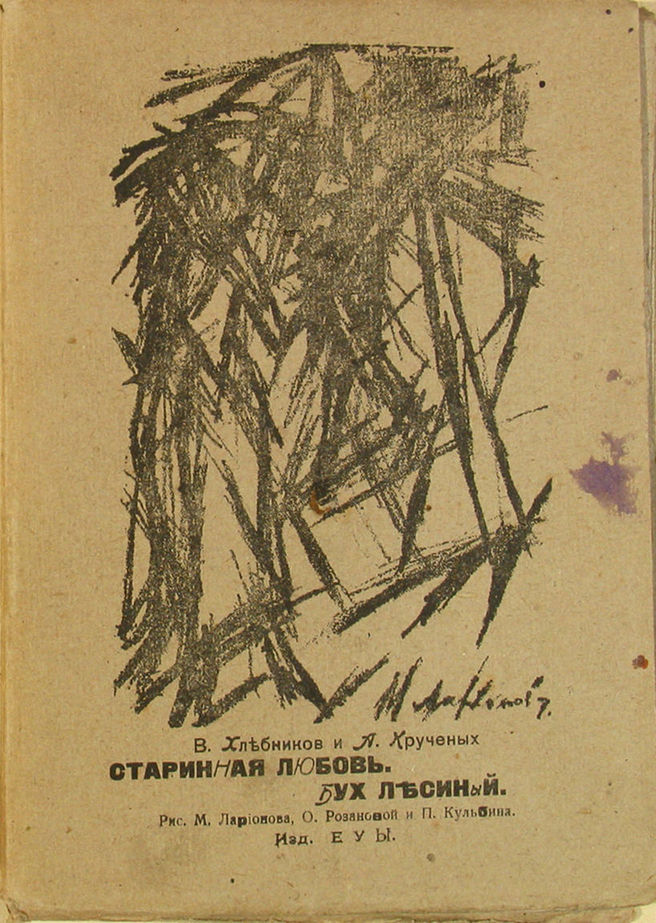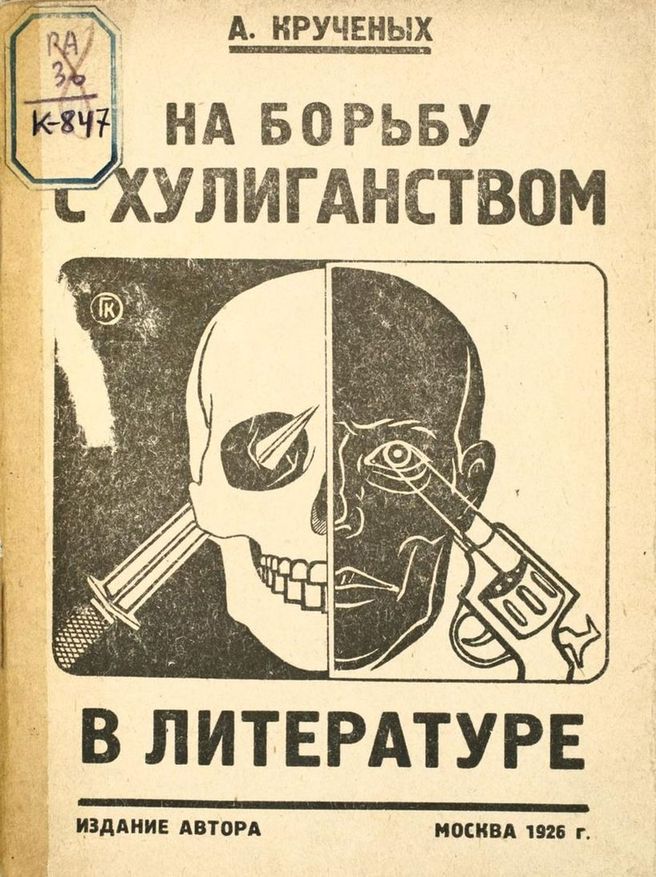American Bandstand is best remembered these days not for doing the job it set out to do–presenting safe pop stars in the company of a studio audience to move units–but for when it ran headlong into the changing culture around it. Or at least that’s what Open Culture thinks. We’ve seen the beginnings of the Summer of Love with Jefferson Airplane and chipper Dick Clark trying to figure out why hippies wouldn’t cut their hair. We’ve also seen a bemused Clark attempting to interact with David Byrne when the Talking Heads played the show. But nothing really tops the time Public Image Ltd. brought true chaos to the Bandstand.
Dick Clark called it the worst moment in Bandstand history; Lydon, in his autobiography, said the opposite, saying Clark told him it was one of the best performances in the show’s history. Somewhere in between lies the truth–no doubt Clark knew it was great television.
It all took place on May 17, 1980, one full month before John Lydon and Keith Levene’s contentious appearance on Tom Snyder’s program, where Lydon insists that Public Image Ltd. is not a band. “It’s a company,” he shot back in his finest nasal cockney.
PIL was on American Bandstand to promote their album Second Edition, their dark dabbling into dub and post-punk. The first song may be called “Poptones” but there’s nothing poppy about it.
According to Cole Coonce in his book Sex & Travel & Vestiges of Metallic Fragments, Lydon told Clark that he had a cold. “He said that because he wasn’t feeling well he was just going to go up there and take the piss out of me. So I said, ‘Go ahead.’ And he did.’”
Lydon’s account is different, saying the show’s producers cut down “Poptones” and “Careering” (a total of 13 some minutes) down to a manageable length.
“I don’t know where the vocals are going to drop. What are we supposed to do?” Lydon thought.
What PIL did is what was broadcast. Adrift from their own song, Lydon starts “Poptones” sitting on the front of the stage, then grabs the microphone and wanders into the audience. He makes no attempt to lip sync. The audience isn’t sure what to do. Lydon isn’t sure. There’s an element of danger and excitement. Lydon grabs audience members and takes them onto the stage to dance. By the end of the first song the audience has taken over the stage and then Dick Clark has to introduce the band. It doesn’t last long, and “Careering” begins.
The danger of punk and post-punk that evening wasn’t in the performance of the band or of a volatile audience. It was in the breaking down of a television show’s artifice and the separation of band and audience. Check it out.
Some great photos of the show can be viewed over at Flashbak.
Related content:
Never Mind the Bollocks, Here’s … John Lydon in a Butter Commercial?
Johnny Rotten Goes Before TV’s Judge Judy in 1997 … and Wins!
Ted Mills is a freelance writer on the arts who currently hosts the artist interview-based FunkZone Podcast. You can also follow him on Twitter at @tedmills, read his other arts writing at tedmills.com and/or watch his films here.








